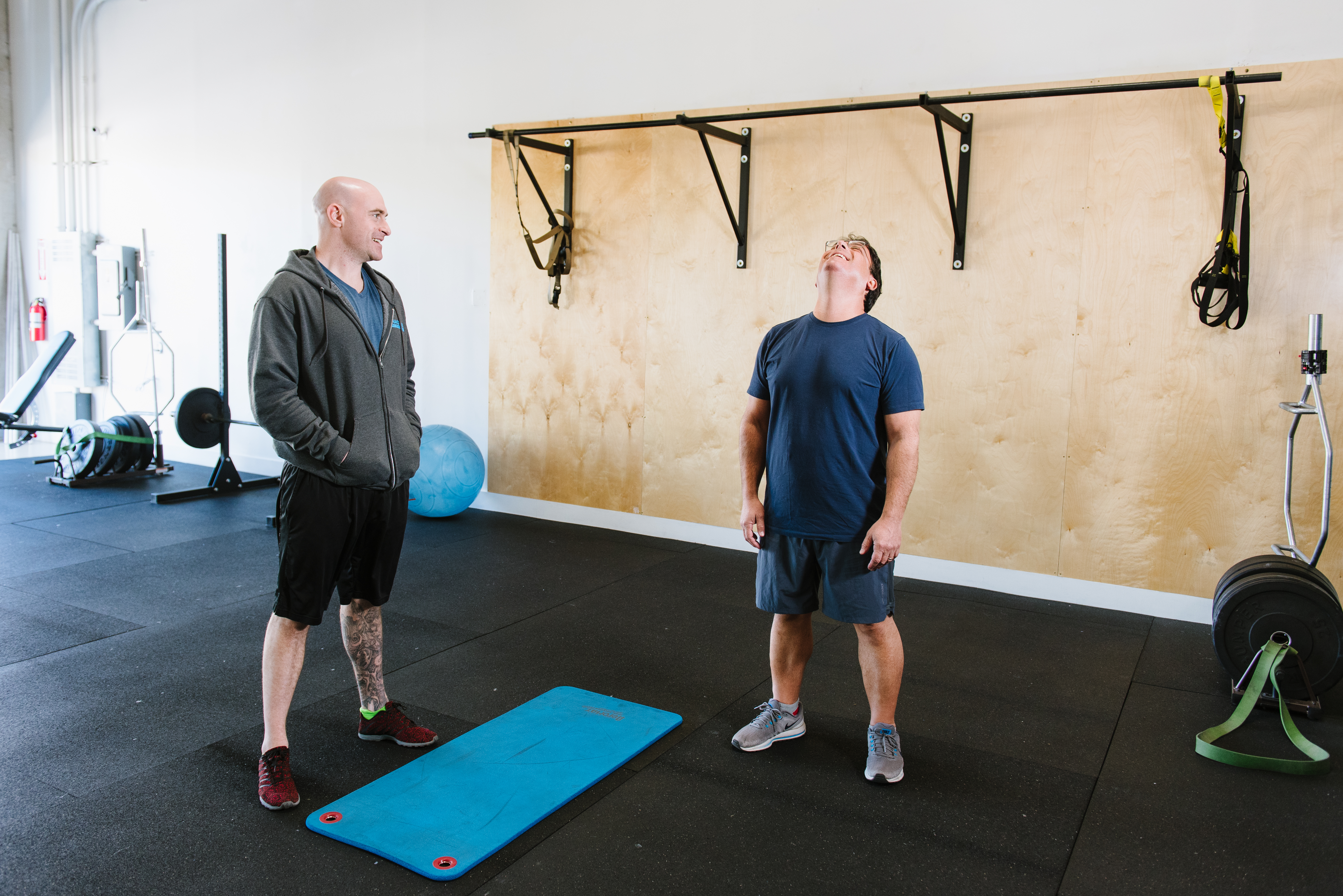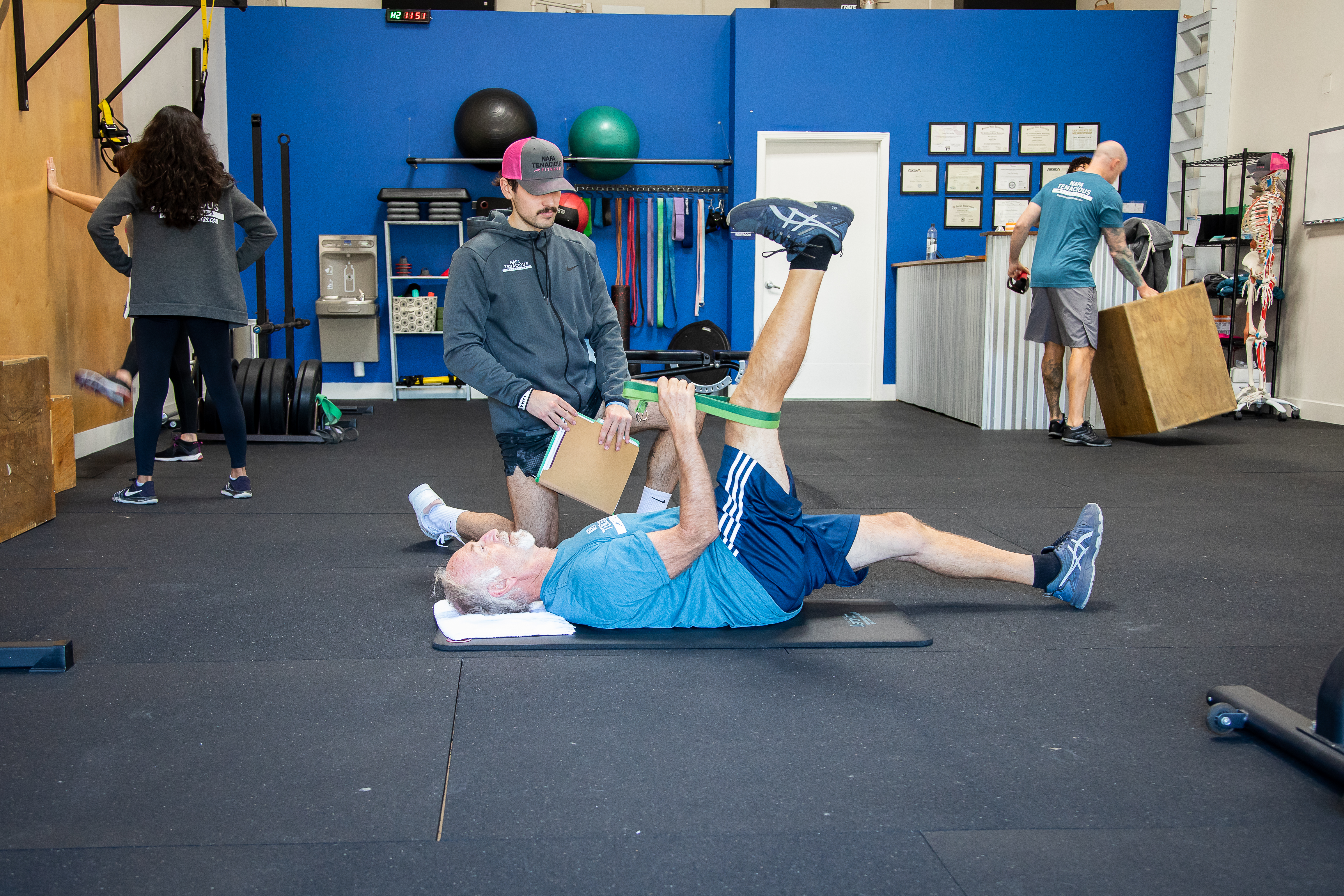“What a pain in the neck,” I muttered after spotting a leak in the irrigation tubing responsible for hydrating my sweet potatoes. As I surveying my garden observing the vast array of green leaves bustling out of their stems to enjoy the warm summertime weather and basque in the glory of photosynthesis they are set to receive, I noticed a spray of water shooting about 4 feet in the air out of one of the irrigation hoses. Knowing I needed to get my hands dirty and replace the breached tubing with a new spacer, I reluctantly got down on my knees, clipped the tubing, and forced a tiny plastic spacer in the hose to ensure water didn’t spew away from its appropriate location. I didn’t want to resolve this problem because I hoped it had never happened in the first place. However, after years of seeing how gardens can turn into a barren, unfertile landscape akin to the background setting of Mad Max when left unattended, I knew that rolling up my sleeves and getting my hands dirty was the best tactic for my sweet potato’s well-being.
This minor nuisance in my irrigation which caused me to express my dissatisfaction and relate it to “a pain in the neck” led me to think about one of our personal training clients who suffered from literal pain in the neck. Jay came in the other day in a state of malaise and discomfort. His right shoulder appeared to be in a shrugged position. Upset about the news he had received from a doctor’s appointment after X-ray imaging revealed cervical radiculopathy and arthritis, he expressed that he was in a lot of pain and his neck was suffering from “being too old.”
Better known as a pinched nerve in the neck, the cervical vertebrae can become disrupted by degradation of the discs between the vertebrae, a rotational shift of the vertebrae, or tight muscles compressing nerves. Derived from the Latin terms “radix, ” meaning root, and “pathos,” meaning suffering, cervical radiculopathy can be defined as an advanced situation in which a person is suffering from pain in the neck due to a disruption in the spinal root nerves of the cervical vertebrae.
Located between the cranium and chest are the cervical vertebrae. Nerves originating from the cervical vertebrae trace down the anterior portion of the spine to innervate areas of the arms and organs in the upper extremities. As these nerves get pinched due to a compression of the vertabra, degeneration of an intervertebral disc, or shift in the cervical spine past their normal range of motion, a sensation of burning, searing, and sensitive-to-the-touch pain can be produced in the neck, back of the shoulder, throughout the humerus and forearm, and the fingers. After hearing this report from Jay, I knew my “pain in the neck” wasn’t that bad when put into perspective with what he was dealing with.
In an effort to relieve and remedy Jay’s neck pain, we knew that there were a few critically important tactics to ensure Jay could get the most of out his training sessions. Our first step was to eliminate any exercises that worsened his tweaked neck. This meant removing activities that required resistance training while holding his arm overhead, putting his body in a prone position where he needed to contract his neck muscles against gravity, or straining through exertive activities. We focused on positioning Jay in the antithesis of those positions throughout his training sessions. For example, instead of performing overhead pressing activities, we performed isometric “anti-shrugs” or scapular depressions with his head and back supported by a wall. This triggered the muscles underneath the shoulder blades to activate and avoided using the upper neck and shoulder blades muscles. By focusing on muscles that pull the shoulders down, we focused on “unwinding” the muscles that were causing Jay to have a hyper-elevated shoulder. If the shoulders stay shrugged for extended periods, the muscles connecting the shoulder to the cervical vertebrae can become strained and pull down on the vertebrae causing compression on the spinal root nerves budding out of the vertebrae. To perform wall-supported “anti-shrugs,” follow the description of the exercise below:
Leaning against wall “anti-shrugs”: Position your body flat against a wall. While keeping the lower back flat on the wall, bend your knees to a slightly squatted position. Extend your elbows to where your arms are at about a 45-degree angle and start applying pressure as if you are “pushing the wall away behind you with your arms.” Gradually depress the shoulders downward along your back as if you are performing the reverse action of shrugging your shoulders. You should feel a muscular sensation in the shoulder blades and along the ribs underneath the armpits. Once muscular activation is experienced, maintain this position for about one second. Repeat this movement for five to 10 repetitions.
Similar to how an irrigation system left unattended can produce a garden with soil as dy and non-fertile as sand in Western Australia, the body produces similar bi-products if pain is left untreated. It might not be the most desirable tactic to accomplish when in pain, but to keep a body in motion, we need to roll up our sleeves and address areas of pain so we can live productive and happy lives.
Sean McCawley, the founder and owner of Napa Tenacious Fitness in Napa, CA, welcomes questions and comments. Reach him at 707-287-2727, napatenacious@gmail.com, or visit the website napatenaciousfitness.com.










